Ask any seasoned gardener why they use raised beds, and the reason likely boils down to control. Raised beds allow you to control what goes into your crops while giving you the luxury of ample space to work with. Control, of course, can mean a wide variety of things. Here are the main reasons you should consider growing your fruits and veggies in raised beds.
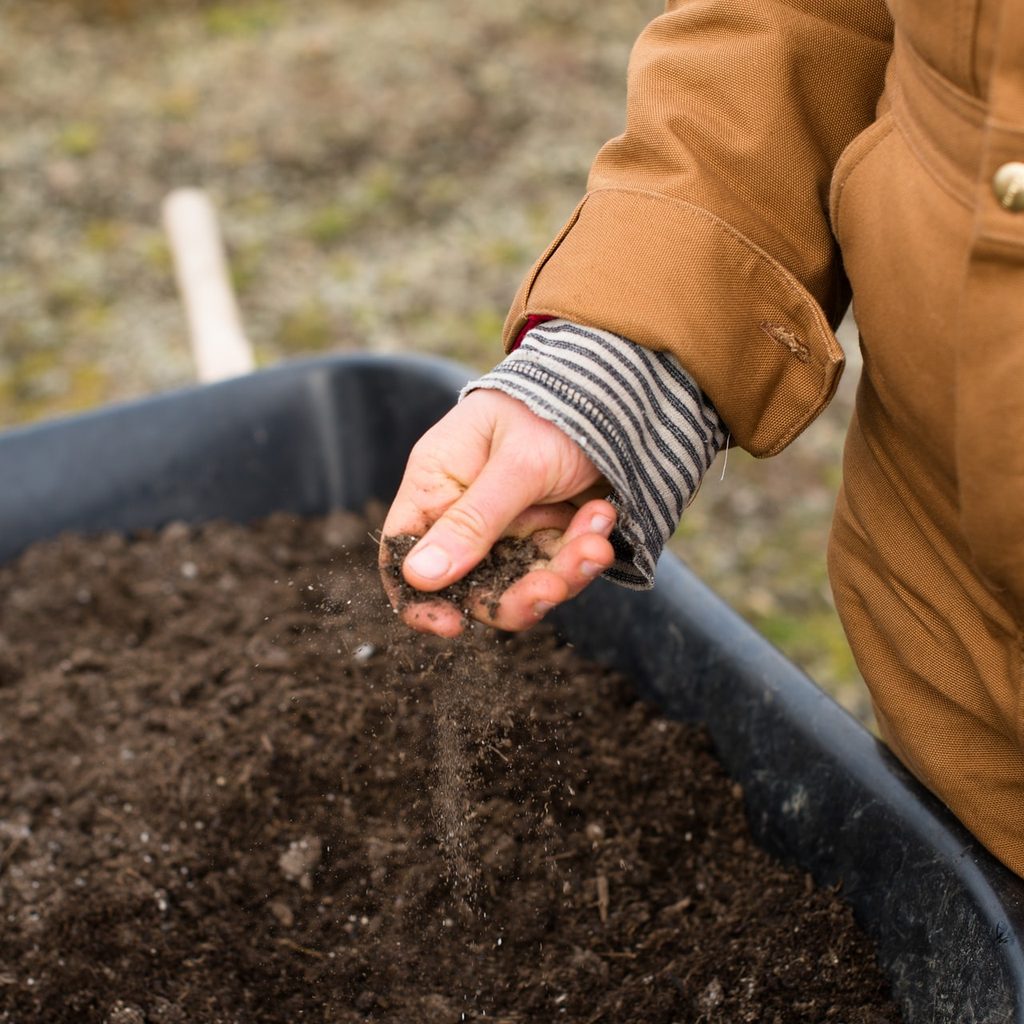
1. Raised beds allow you to control your soil conditions
When you grow your plants in a raised bed, you have the power to control the soil that holds your plants. If you’re raising edible crops, this means you can choose an organic growing medium for peace of mind. It’s also easier to amend the soil to exactly what you need it be, whether you’d like it to be more well draining or acidic.
You ultimately won’t have to do a lot of tilling to break up compact soil. Plus, soil also tends to warm up faster in beds during the springtime, so you don’t have to wait for the ground to warm up before you start planting.
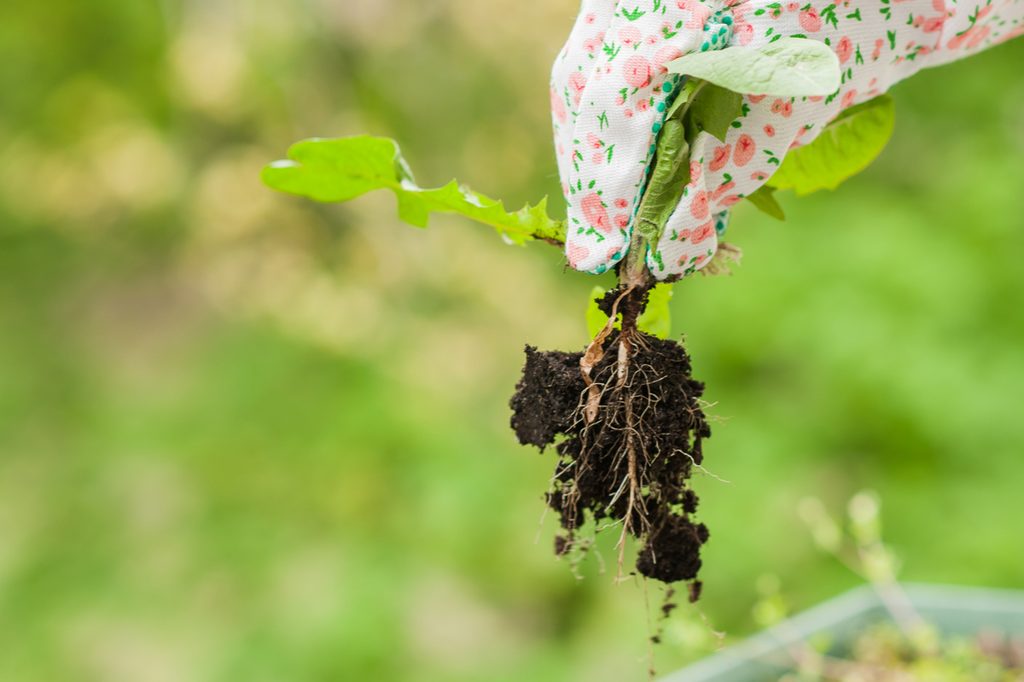
2. Raised beds keep out weeds and pests
Because raised beds allow you to close off a certain area of your garden, they help you keep out unwanted weeds and pests. And even if you do encounter any pesky invaders, you can at least keep them limited to that area of your garden and manage them there.
To keep weeds and pests at a minimum, make sure your raised bed has a bottom, but remember to give it drainage so your plant roots don’t rot. It’s also helpful to top-dress your soil with mulch, too.

3. Raised beds keep foot traffic away from fragile plants
As their name implies, raised beds are elevated from the ground. Even if you simply have a wooden border around your plants, your plants will be separated from the ground so little ones (and perhaps absent-minded adults) won’t step on sensitive seedlings just getting rooted or make soil super compact.
Beds that are elevated to waist level also give you the bonus advantage of being ergonomic — you won’t have to kneel or bend over as much to tend to your crops!
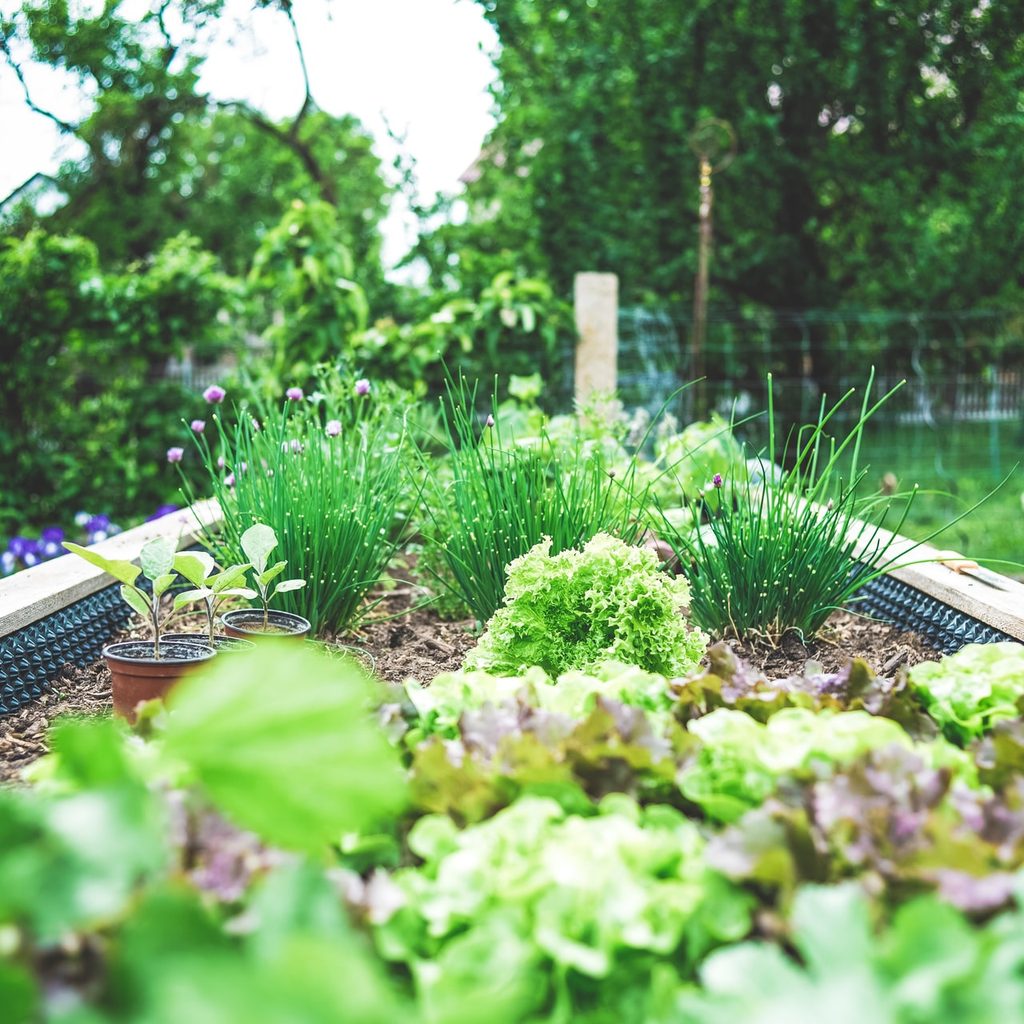
4. Raised beds give your plants more space than containers
Most round containers usually fall between 6 and 12 inches in diameter, though you may have instances of bigger ones. But these measurements still pale in comparison with raised beds that are usually around 3 to 4 feet by 6 to 8 feet.
Simply put, raised plants offer more growing space, so you can have more plants as well as stronger plants that you don’t need to thin out as often. That said, you can find or create raised beds in all kinds of sizes. If you have a smaller space to work with (such as on a patio or balcony), you can still enjoy bountiful harvests with limited room.
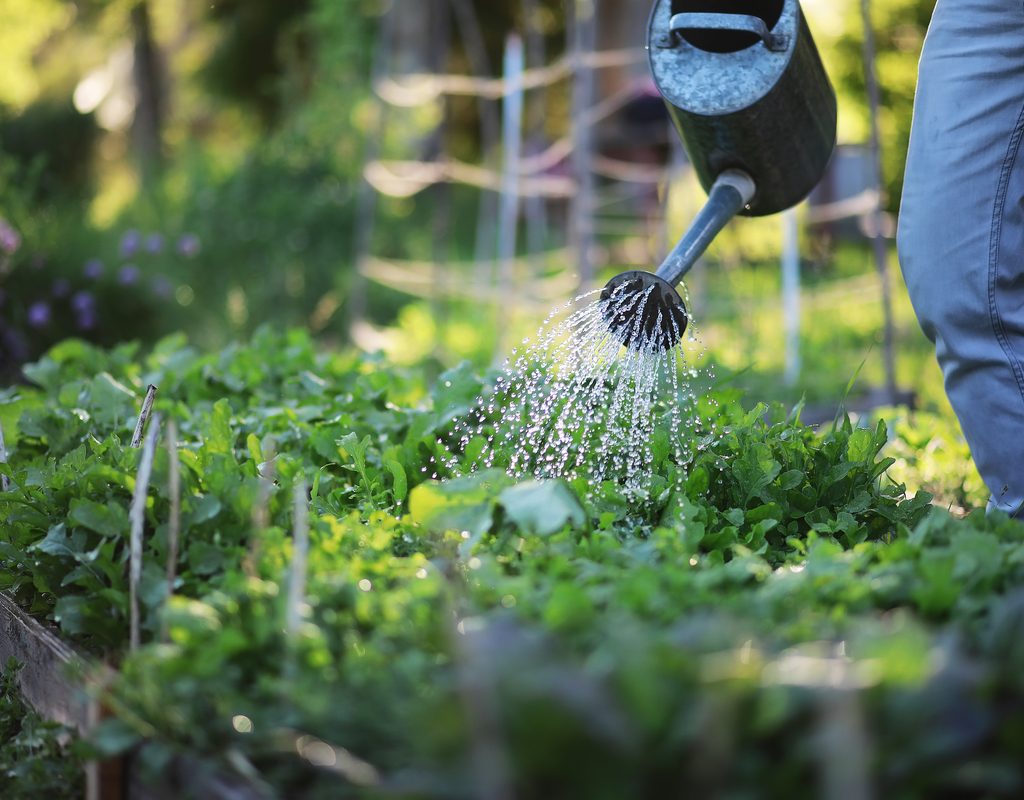
5. Raised beds help with water retention
Indoors, overwatering can be a menace that swiftly kills plants with root rot. Outdoors, especially on those warmer days, it can feel like you need to water every day. When inside small containers and exposed to heat and wind outside, soil can dry out quickly.
In a raised garden bed, soil holds onto water for a long time, especially if you have compost and peat mixed into your soil. Ultimately, this means less work for you — you can even fix up a drip irrigation system to make watering a breeze.

Plants that do best in raised beds
You can pretty much grow anything inside of raised beds, which are most commonly used for edible crops. It can actually be tempting to stuff all of your plants into one space, but you want to give your green babies breathing room, so be prudent as you budget out your space.
Typically, a square foot in a raised bed can handle 6 to 12 small plants or 4 to 6 medium plants, but always read the instructions on your seed package to give each plant the space it needs — you can thin out crops if you notice crowding. Also, be sure to rotate your crops each season and companion plant-compatible crops. Here are just a few of the plants that work well in raised beds:
- Lettuce and leafy veggies
- Allium plants (such as onion, garlic, and leeks)
- Bush beans
- Beets and radishes
- Annual flowers
- Herbs
- Ornamental plants (like ferns and hostas)
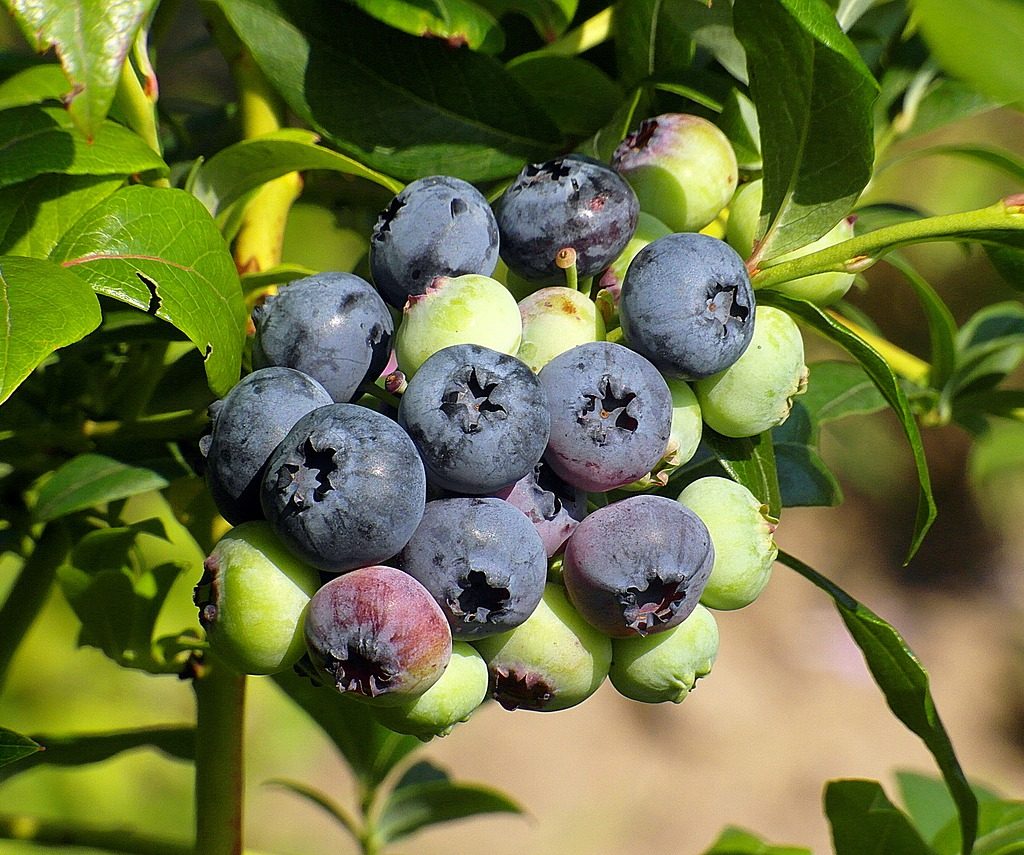
Plants that do not do well in raised beds
While you can plant virtually anything you want in a raised garden bed, some plants are more challenging to grow than others. Plants like melons and potatoes can take up a lot of room, making them more ideal for in-ground row gardening. There are also berries — think blueberries and blackberries — that grow better as bushes in the ground.
Others plants, such as asparagus, take a long time to grow while others, such as perennial flowers, will stick around for a while. With these plants, you really need to be in it for the long haul, so you might not be able to try out new plants in your bed for the next season.
While the initial work for implementing a raised bed can be daunting, raised beds definitely make the gardening process go by smoothly. They provide a wide range of benefits, from keeping your soil warm to blocking out pests. Plus, you can plant virtually anything in them, as long as your crops don’t take too long to grow or need a lot of space. With a little patience at the beginning of your gardening journey, building a raised garden bed gives you a foundation for healthy, bountiful harvests.


